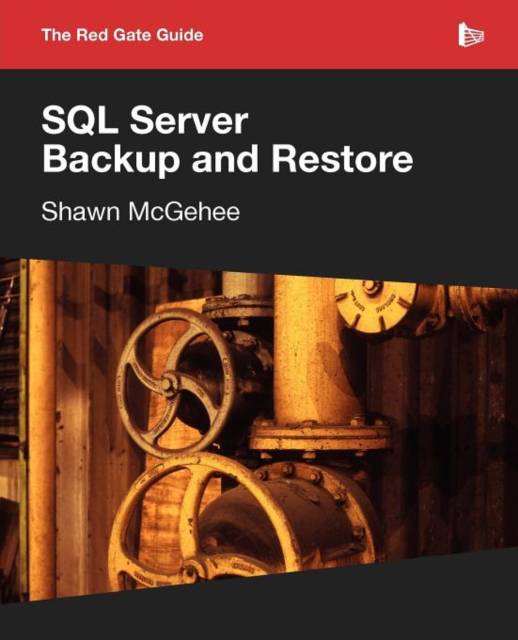
Door een staking bij bpost kan je online bestelling op dit moment iets langer onderweg zijn dan voorzien. Dringend iets nodig? Onze winkels ontvangen jou met open armen!
- Afhalen na 1 uur in een winkel met voorraad
- Gratis thuislevering in België vanaf € 30
- Ruim aanbod met 7 miljoen producten
Door een staking bij bpost kan je online bestelling op dit moment iets langer onderweg zijn dan voorzien. Dringend iets nodig? Onze winkels ontvangen jou met open armen!
- Afhalen na 1 uur in een winkel met voorraad
- Gratis thuislevering in België vanaf € 30
- Ruim aanbod met 7 miljoen producten
Zoeken
Omschrijving
The duties and responsibilitie: s of a Database Administrator (DBA) make for long and dynamically changing list, ranging from offering query tuning advice, to cutting stored procedures, all the way through to system process design and implementation for high availability. A DBA's tasks, from day-to-day, are rarely constant; with one exception: the need to ensure each and every day that any database in their charge can be restored and recovered, in the event of error of disaster. This means that if a database, for whatever reason, gets corrupted, dropped, or otherwise becomes unusable, then it is the DBA's responsibility to restore that database to the state it was in before the problem occurred, or as close as is possible. Of course, this doesn't mean that a DBA is required to restore a database each and every day, just that if disaster does strike the DBA must be prepared to deal with it, regardless of when or why it occurs. If a DBA isn't prepared, and significant data is lost, or databases become unavailable to end users for long periods of time, then that DBA probably won't be in their job for too long. This is why a good, and tested, SQL Server backup and restore plan must be on the top of every administrative DBA's list of tasks. In this book, you'll discover how to perform each of these backup and restore operations using SQL Server Management Studio (SSMS), basic T-SQL scripts and Red Gate's SQL Backup tool. Capturing backups using SSMS or simple scripts is perfectly fine for one-off backup operations, but any backups that form part of the recovery strategy for any given database must be automated and you'll also want to build in some checks that, for example, alert the responsible DBA immediately if a problem arises. The tool of choice in this book for backup automation is Red Gate SQL Backup. Building your own automated solution will take a lot of work, but we do offer some advice on possible options, such as PowerShell scripting, T-SQL scripts and SQL Server Agent jobs.
Specificaties
Betrokkenen
- Auteur(s):
- Uitgeverij:
Inhoud
- Aantal bladzijden:
- 408
- Taal:
- Engels
Eigenschappen
- Productcode (EAN):
- 9781906434861
- Verschijningsdatum:
- 14/05/2012
- Uitvoering:
- Paperback
- Formaat:
- Trade paperback (VS)
- Afmetingen:
- 190 mm x 235 mm
- Gewicht:
- 698 g

Alleen bij Standaard Boekhandel
+ 83 punten op je klantenkaart van Standaard Boekhandel
Beoordelingen
We publiceren alleen reviews die voldoen aan de voorwaarden voor reviews. Bekijk onze voorwaarden voor reviews.











